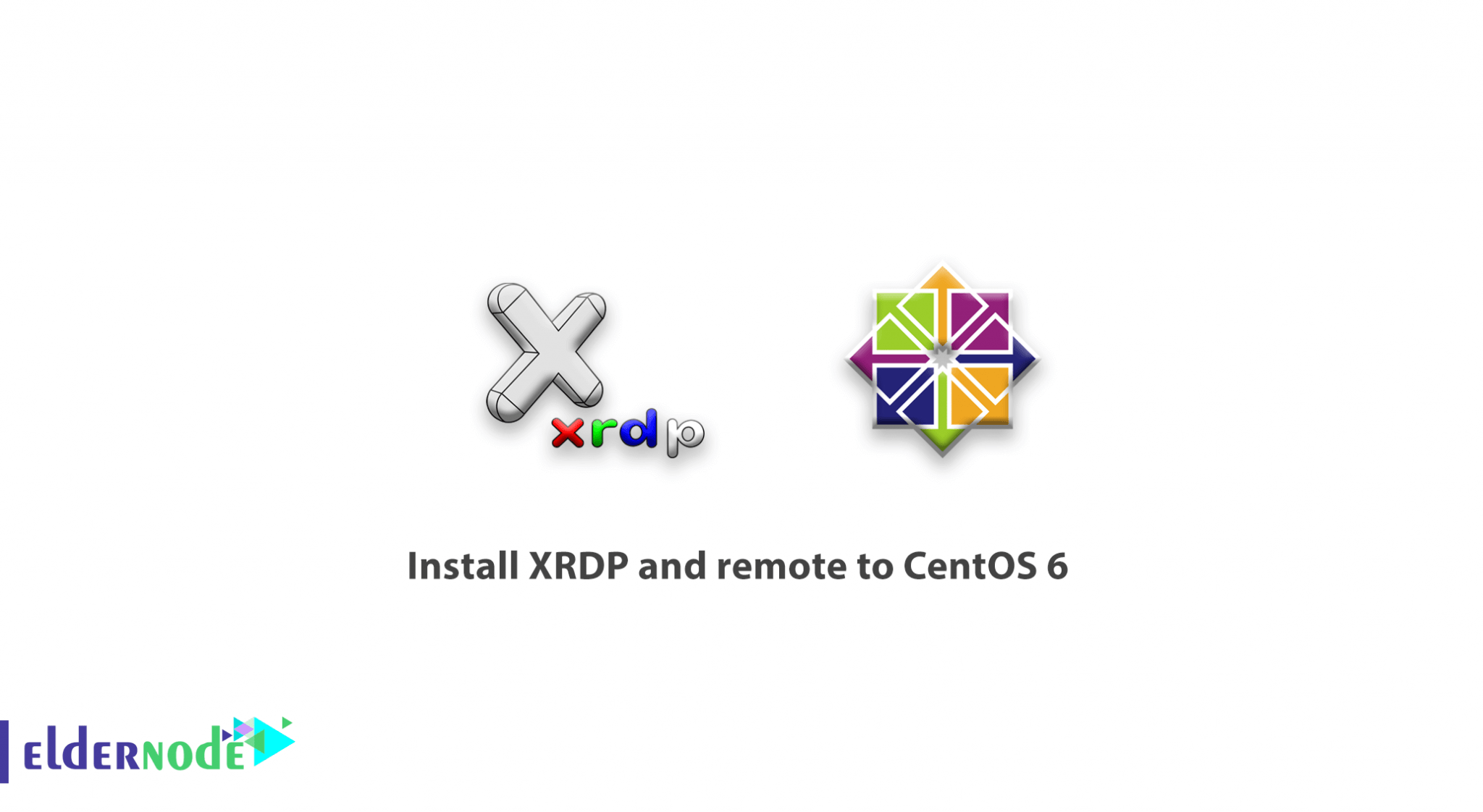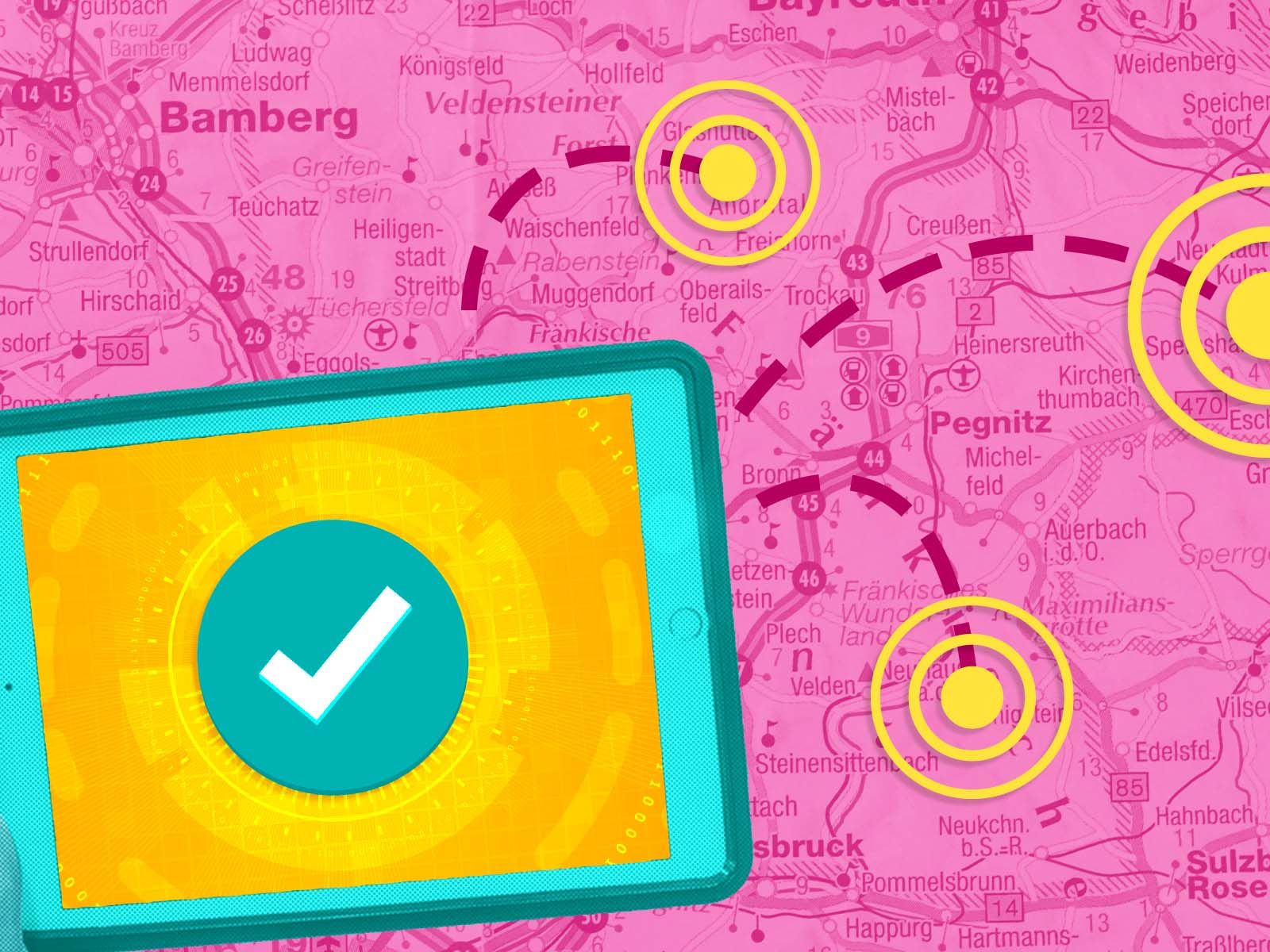Mastering Remote IoT XRDP Tutorial: A Step-by-Step Guide For Beginners
Hey there, tech enthusiasts! Ever wondered how you can remotely access your IoT devices using XRDP? Well, you’re in the right place. Remote IoT XRDP is becoming increasingly popular as more people embrace the flexibility of working from anywhere. Whether you’re a developer, hobbyist, or just someone curious about remote access, this tutorial will break it down for you in simple terms. So grab your favorite drink, sit back, and let’s dive into the world of remote IoT XRDP!
In today’s fast-paced world, remote access isn’t just a luxury—it’s a necessity. Whether you’re managing a fleet of IoT devices or simply want to control your home automation system from afar, mastering XRDP for IoT is a game-changer. This guide will walk you through everything you need to know, from setting up your environment to troubleshooting common issues. Don’t worry; we’ll keep it fun and engaging so you don’t get bored along the way!
Before we jump into the nitty-gritty, let’s address the elephant in the room: why should you care about remote IoT XRDP? Well, it’s all about convenience and efficiency. Imagine being able to monitor and control your IoT devices from the comfort of your couch or even while you’re on vacation. Sounds amazing, right? Let’s get started and turn this dream into a reality!
- Unveiling Donald Trump Jeffrey Epstein Whats The Real Story
- Discover Karamo Browns Inspiring Life From Social Work To Queer Eye
Table of Contents
- What is XRDP?
- Why Use XRDP for IoT?
- Setting Up Your Environment
- Installing XRDP on IoT Device
- Configuring XRDP
- Connecting to Your IoT Device
- Security Best Practices
- Troubleshooting Common Issues
- Real-World Applications
- Conclusion
What is XRDP?
So, what exactly is XRDP? XRDP stands for X Remote Desktop Protocol, and it’s basically a tool that allows you to access a remote desktop environment over a network. Think of it as a bridge that connects you to your IoT devices, even if they’re miles away. XRDP is especially useful for Linux-based systems, making it a perfect fit for most IoT devices.
XRDP is not just about accessing your device remotely; it’s about doing it securely and efficiently. With XRDP, you can run graphical applications, transfer files, and manage settings—all from the comfort of your own computer. It’s like having a virtual office wherever you go.
Why Use XRDP for IoT?
Now that we know what XRDP is, let’s talk about why it’s so awesome for IoT. First off, IoT devices are often headless, meaning they don’t have monitors or keyboards attached. This makes remote access essential for managing and monitoring them.
- Alert What You Need To Know About The Fda Ramen Recall Now
- Meet The Remarkable Hensel Twins Life Story Now Then
Here are a few reasons why XRDP is a great choice for IoT:
- Remote Access: You can control your IoT devices from anywhere in the world.
- Graphical Interface: XRDP provides a full graphical interface, making it easier to manage complex settings.
- Security: With proper configuration, XRDP can be as secure as any other remote access protocol.
- Cost-Effective: You don’t need expensive hardware or software to set it up.
Setting Up Your Environment
Preparing Your IoT Device
Before we dive into the installation process, you’ll need to make sure your IoT device is ready to go. Here’s a quick checklist:
- Make sure your IoT device is running a Linux-based operating system. Popular choices include Raspberry Pi OS, Ubuntu, and Debian.
- Ensure your device is connected to the internet. You can use Wi-Fi or Ethernet, depending on your setup.
- Update your system to the latest version. This ensures compatibility and security.
For example, if you’re using a Raspberry Pi, you can update your system by running the following commands:
sudo apt update && sudo apt upgrade
Installing XRDP on IoT Device
Step-by-Step Installation Guide
Now that your device is ready, it’s time to install XRDP. Don’t worry; it’s super easy. Just follow these steps:
- Open a terminal on your IoT device.
- Run the following command to install XRDP:
- sudo apt install xrdp
- Once the installation is complete, start the XRDP service:
- sudo systemctl start xrdp
- Enable the XRDP service to start on boot:
- sudo systemctl enable xrdp
And that’s it! You’ve successfully installed XRDP on your IoT device. Now let’s move on to the next step.
Configuring XRDP
Customizing Your XRDP Settings
After installation, you might want to tweak some settings to suit your needs. Here are a few things you can do:
- Change the Default Port: By default, XRDP runs on port 3389. You can change this to improve security.
- Enable Sound Redirection: This allows you to play sounds from your IoT device on your local machine.
- Enable Drive Redirection: This lets you access files on your local machine from your IoT device.
To change the port, edit the XRDP configuration file:
sudo nano /etc/xrdp/xrdp.ini
Find the [xrdp1] section and change the port number. Save the file and restart the XRDP service:
sudo systemctl restart xrdp
Connecting to Your IoT Device
Using Remote Desktop Clients
Now that everything is set up, it’s time to connect to your IoT device. You’ll need a remote desktop client on your local machine. For Windows, you can use the built-in Remote Desktop Connection app. For macOS and Linux, you can use tools like Remmina or rdesktop.
Here’s how to connect:
- Open your remote desktop client.
- Enter the IP address of your IoT device.
- Enter your login credentials when prompted.
- Voilà! You’re now connected to your IoT device.
Security Best Practices
Protecting Your Remote IoT XRDP Connection
Security is crucial when it comes to remote access. Here are a few tips to keep your XRDP connection safe:
- Use Strong Passwords: Avoid using simple or easily guessable passwords.
- Enable Two-Factor Authentication: This adds an extra layer of security to your login process.
- Limit Access: Only allow trusted IP addresses to connect to your device.
- Keep Your System Updated: Regularly update your operating system and XRDP software.
By following these best practices, you can ensure that your remote IoT XRDP setup is as secure as possible.
Troubleshooting Common Issues
Solving Problems with XRDP
Even the best-laid plans can sometimes go awry. Here are a few common issues you might encounter and how to fix them:
- Connection Refused: Make sure the XRDP service is running and that your firewall allows traffic on port 3389.
- Login Failed: Double-check your username and password. If you’re still having issues, try resetting your password.
- Slow Performance: This could be due to a weak internet connection or an overloaded device. Try optimizing your settings or upgrading your hardware.
Remember, troubleshooting is all about patience and persistence. Keep trying until you find the solution!
Real-World Applications
How Remote IoT XRDP is Changing the Game
So, how is remote IoT XRDP being used in the real world? Here are a few examples:
- Home Automation: Control your smart home devices from anywhere in the world.
- Industrial IoT: Monitor and manage factory equipment remotely.
- Healthcare: Access medical devices and patient data securely.
- Education: Provide students with remote access to lab equipment and software.
The possibilities are endless! With remote IoT XRDP, the only limit is your imagination.
Conclusion
And there you have it, folks! A comprehensive guide to mastering remote IoT XRDP. From setting up your environment to troubleshooting common issues, we’ve covered everything you need to know. Remember, the key to success is practice and persistence. Don’t be afraid to experiment and try new things.
So what are you waiting for? Dive into the world of remote IoT XRDP and take your tech skills to the next level. And don’t forget to share this article with your friends and colleagues. Who knows? You might just inspire someone else to join the remote access revolution!
Happy tinkering, and see you in the next tutorial!
- Who Is All About Aaron Rodgers Wife Untold Facts Story
- David Draiman The Rock Icon Of Disturbed His Life Story

How to install XRDP and remote to CentOS 6 Eldernode Blog

Your Guide to Remote IoT Device Management IoT For All

What Is Remote In IoT?